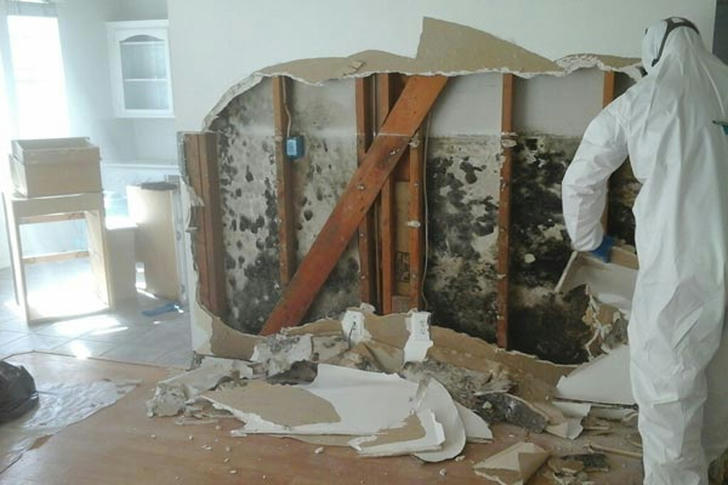Mold can turn a small problem into a big cleanup job. Before you call in the help of a professional, learn about effective DIY methods for dealing with mold contamination. We'll review real-life case studies showing how others have successfully remediated their items.

Learn About Mold Contamination
Mold thrives in damp environments and can affect a variety of items in your home. Here are some examples of people successfully dealing with mold:
Sarah's Leather Couch Rescue
Situation: After a plumbing leak in her Oregon home, Sarah discovered mold growing on her leather couch, which began to damage the leather.
Actions Taken:
- Protective Gear: Sarah donned gloves, a mask, and goggles.
- Cleaning: She vacuumed the couch with a HEPA filter to remove loose mold. She then wiped the leather with a solution of water and mild soap and used a leather conditioner to restore the surface.
- Result: The couch was successfully cleaned and preserved. The leather regained its shine after the mold was removed.
Emily's Upholstery Success Story
Situation: After a humid summer, Emily discovered mold growing on the upholstery in her living room, affecting the sofa and armchairs.
Actions Taken:
- Vacuuming: Emily used a HEPA vacuum to remove loose mold from the upholstery.
- Spot Cleaning: She used a vinegar and water solution to clean the moldy areas.
- Drying: Emily used a fan and dehumidifier to thoroughly dry the upholstery.
- Result: The upholstery was successfully cleaned and no mold reappeared. The vinegar solution removed the mold, and proper drying prevented it from growing again.
Paul's Document Revival
Situation: After a basement flood, Paul discovered mold on important family documents and photos.
Actions Taken:
- Freezing: Paul froze the documents and photos in plastic bags to kill the mold spores.
- Cleaning: After thawing, he gently brushed off the mold with a soft brush.
- Drying: He laid the documents flat in a dry, well-ventilated area.
- Result: The file was well preserved with no further mold growth. Freezing stopped mold growth, and careful brushing removed it without causing additional damage.
Restoration and Prevention
Karen's Bathroom Restoration
Situation: After removing mold from the bathroom tiles, Karen addressed the cosmetic damage and ongoing moisture issues.
Actions Taken:
- Damage Repaired: Karen replaced the damaged grout and reapplied a mildew-resistant coating.
- Prevention: She installed an exhaust fan to enhance ventilation and prevent future mold growth.
- Result: The bathroom was repaired, and the improvements effectively contained the mold.
Jake's Extensive Mold Restoration
Situation: Jake was faced with mold affecting the structural areas of his home after a major water leak.
Actions Taken:
- Professional Help: Jake hired a mold remediation expert to tackle this major problem.
- Result: The expert thoroughly removed the mold, treated the affected areas, and repaired the structural damage. Jake's home was restored to a safe, mold-free state.
Conclusion
These case studies show that with the right approach, you can effectively clean and remediate items contaminated with mold. Whether dealing with leather furniture, upholstery, documents, or structural issues, timely action and proper techniques can lead to successful results.
